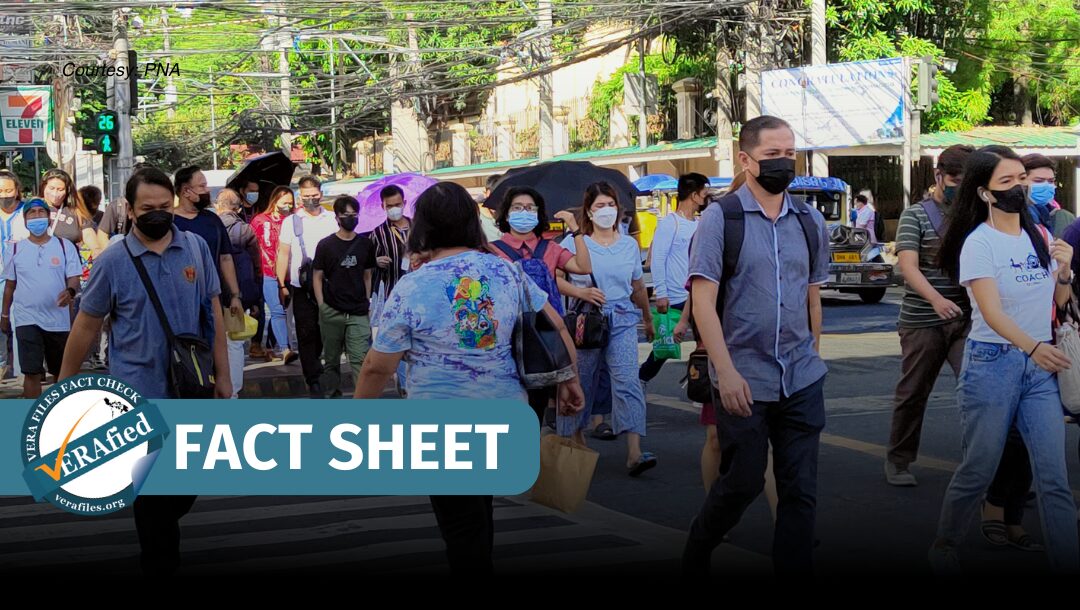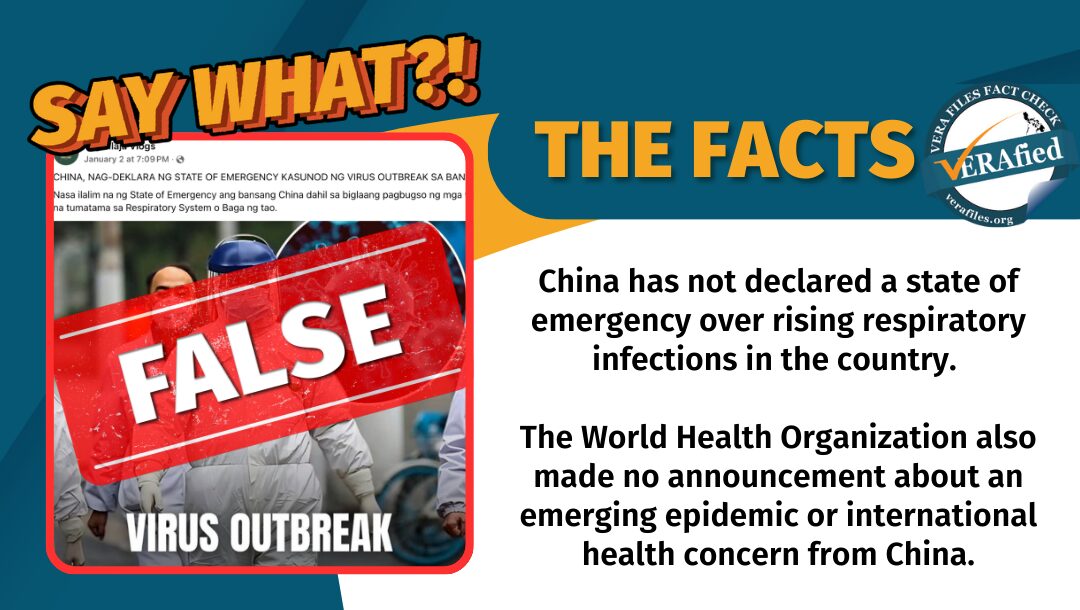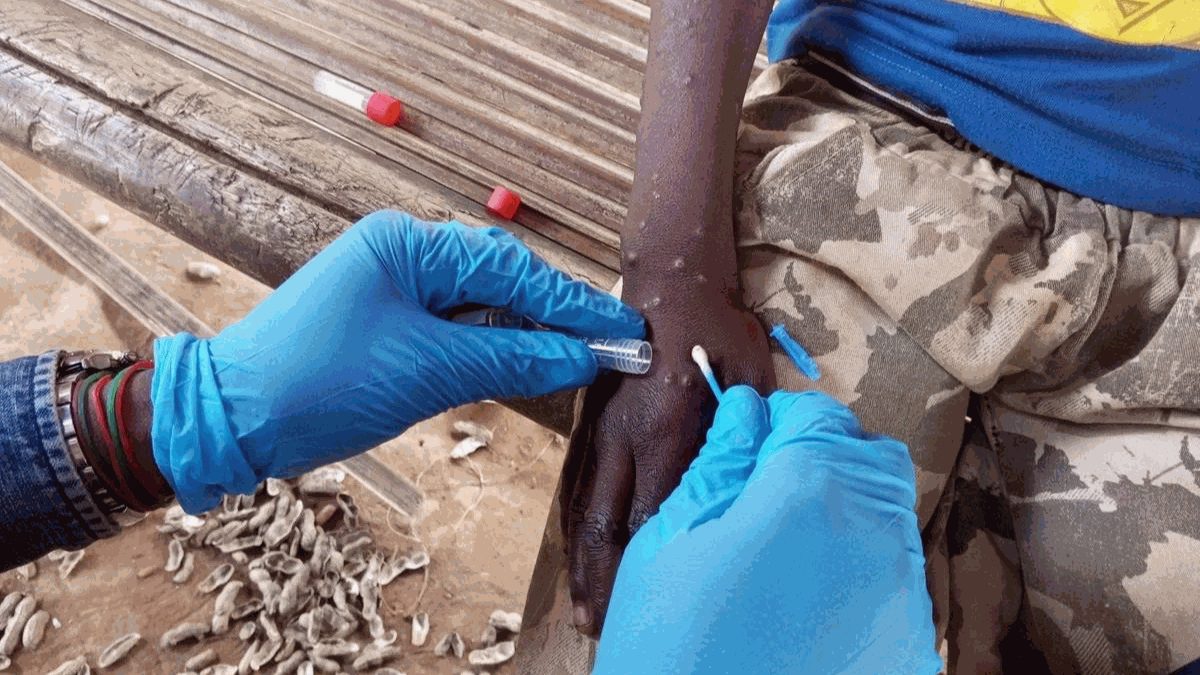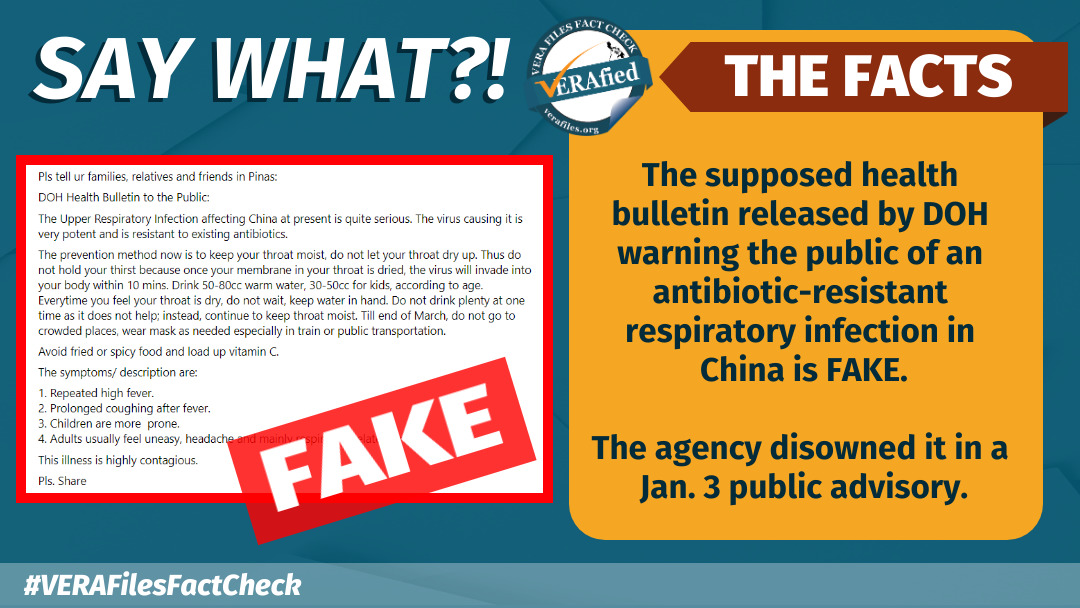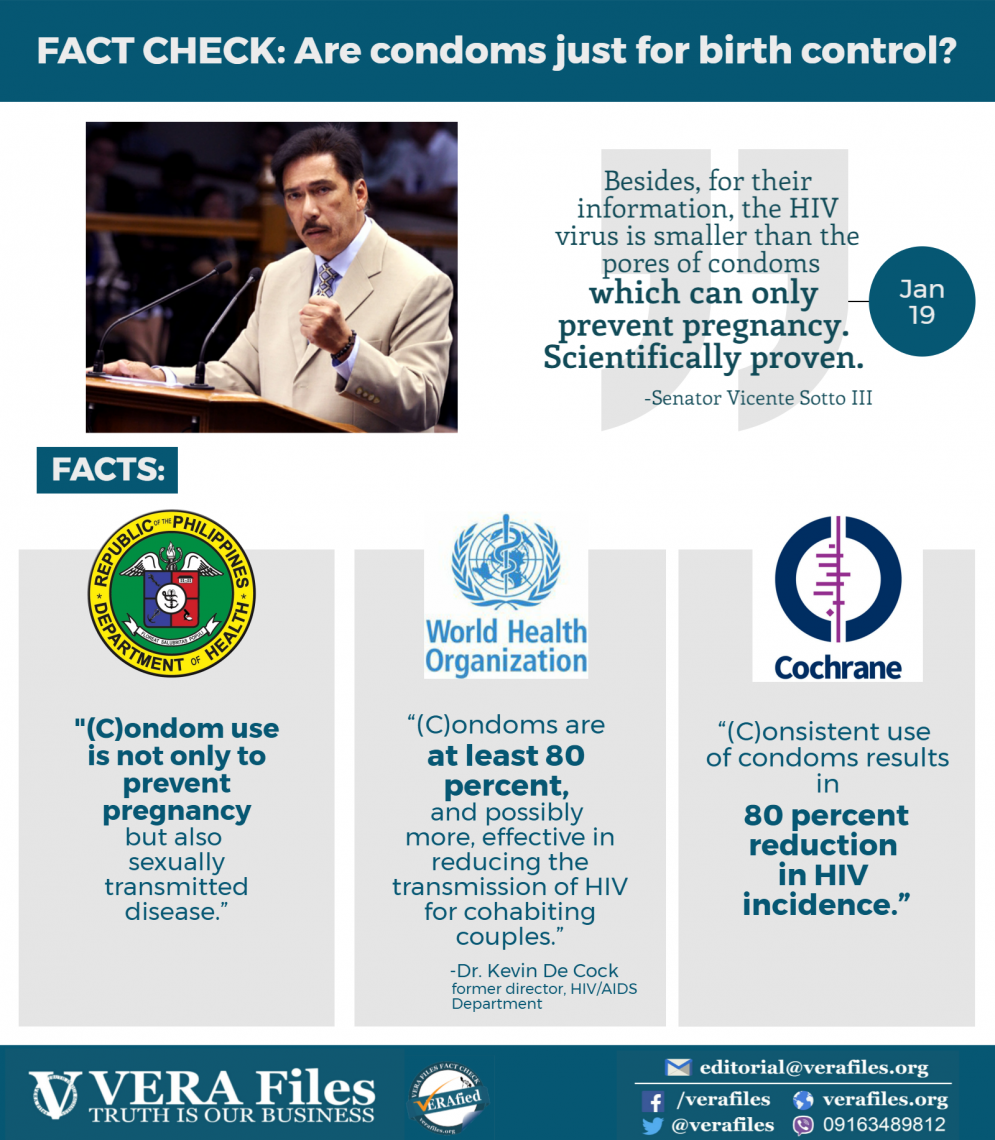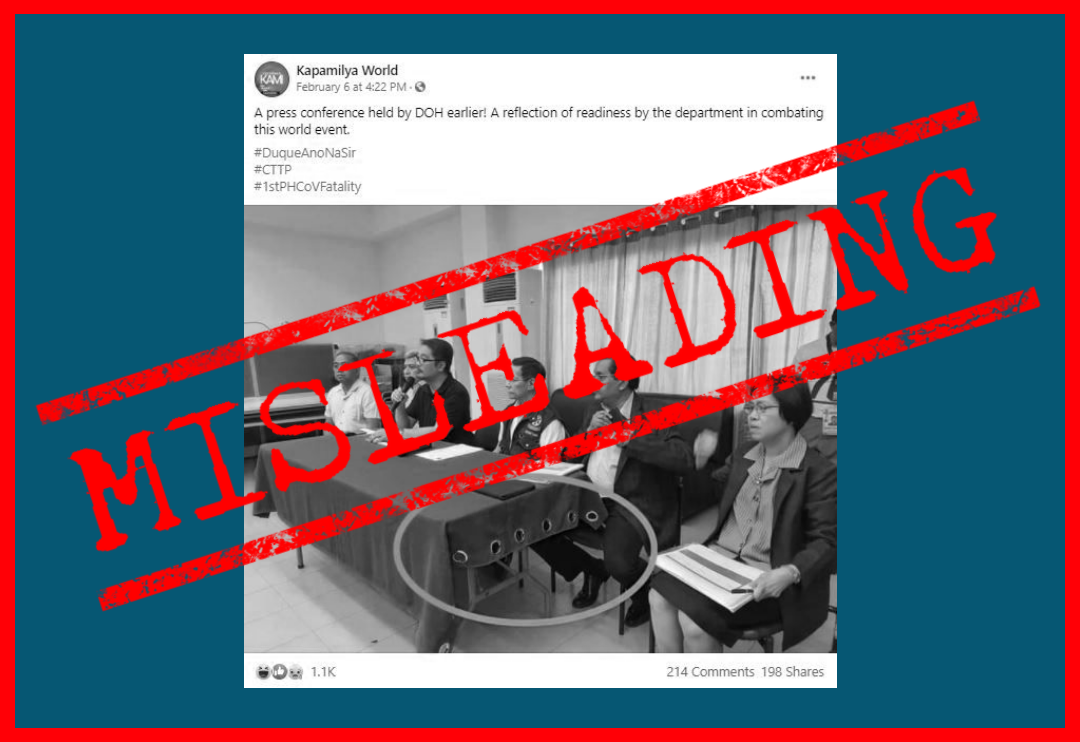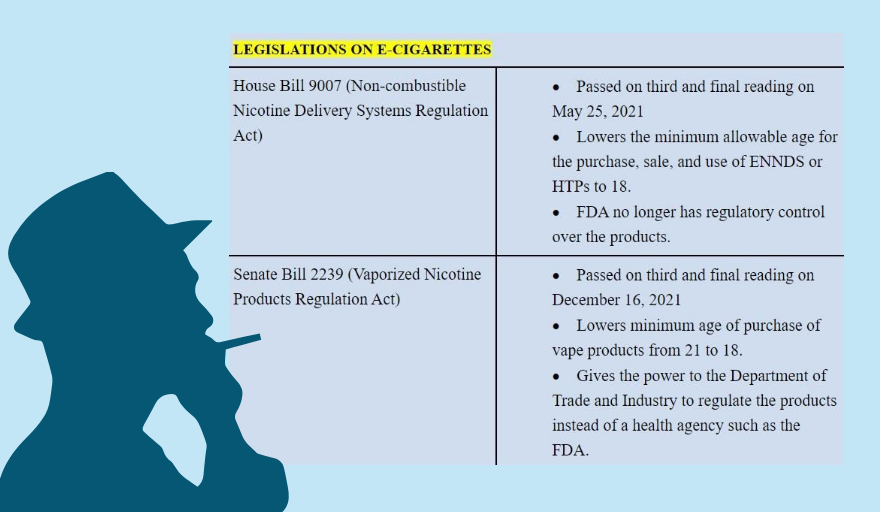Social media posts bearing false information on China’s public health circulated early January, following reports there of a surge in respiratory infections caused by the virus called the human metapneumovirus (HMPV).
Dr. Margaret Harris, spokesperson of the World Health Organization (WHO), clarified that HMPV is not a cause for alarm as it is expected that countries in the northern hemisphere experience a month-on-month increase in acute respiratory infections during winter.
The Philippines’ Department of Health (DOH) has likewise allayed fears about the virus.
“The HMPV is not a new virus. We have long been able to detect it. Its symptoms are not severe as well. Like the common cough and cold, an HMPV infection naturally subsides as long as one’s immune system is strong,” Health Secretary Teodoro Herbosa said in Filipino in a Jan. 8 press statement.
What is HMPV and where did it come from? How does it spread? Here are two things you need to know:
1. What is HMPV and where was it discovered?
HMPV is a common respiratory virus that circulates in many countries from winter through spring, according to WHO. It is known to cause upper respiratory infection among adults and children below the age of five. This leads to a runny nose, coughs and sore throat.
The DOH said that in rare severe cases, HMPV infection may result in bronchitis or pneumonia, especially for babies, older adults and immunocompromised people. Those with existing lung conditions such as asthma, chronic obstructive pulmonary disease or emphysema are at high risk of severe outcomes.
The virus was first discovered in the Netherlands in 2001 and very young children then who were infected required hospitalization and mechanical ventilation, based on a study published that same year.
Serological surveys, or population-based blood tests, “showed that by the age of five years virtually all children in the Netherlands have been exposed to HMPV and that the virus has been circulating in humans for at least half a century,” according to the study.
2. How does HMPV spread and how to prevent it?
The virus spreads either through close contact with a person sick with it, sharing a closed space with them, or through contact with a contaminated surface.
Some Southeast Asian countries, including the Philippines, reported cases of HMPV infection in December 2024.
In the Philippines, the DOH recorded 284 cases of HMPV in 2024, 10 of which were detected from Dec. 1 to Dec. 21. It ranked sixth as the cause of influenza-like illness in the country.
“Sinusuri ang HMPV bilang bahagi ng panel 2 (expanded panel) para sa mga specimen na negatibo ang pagsubok sa panel 1 (para sa Influenza, SARS-CoV-2, at RSV) bilang bahagi ng ating Influenza-Like Illness (ILI) at pagsubaybay sa Severe Acute Respiratory Illness (SARI),” the DOH said in a Jan. 8 press statement.
(We test for HMPV as part of panel 2 (expanded panel) for specimen negative for panel 1 (Influenza, SARS-Cov-2 at RSV) as part of our Influenza-Like Illness and Severe Acute Respiratory Illness monitoring.)
To curb HMPV, public health experts recommend:
- wearing a mask in crowded and/or poorly ventilated places
- improving ventilation by opening windows, doors or using fans
- regular and thorough cleaning of hands
- avoiding touching the mouth, nose and eyes without clean hands
